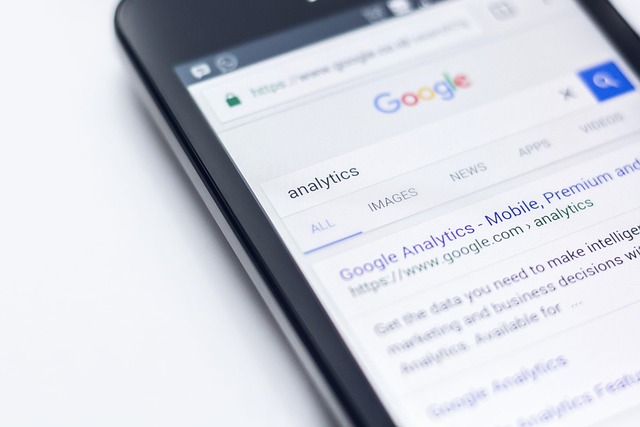Gold Investment: Practical Insights for Retail and Finance-Minded Shoppers
Gold has long been a cornerstone asset for investors and savers, prized for its durability, liquidity, and role as a hedge against inflation. Whether you’re a retail shopper who notices bullion at retail outlets or someone balancing a finance portfolio, understanding the channels, costs, and practical considerations of owning physical gold or gold-backed instruments helps you make informed choices in your area.

Gold: What makes it a stable investment?
Gold’s appeal stems from several attributes: limited supply, global demand, and a history of retaining purchasing power over long periods. Unlike paper assets, physical gold doesn’t depend on a company’s balance sheet or a government’s credit rating. Investors often turn to gold during economic uncertainty or currency volatility. That said, gold’s price can be volatile in the short term and provides limited cash flow (no dividends or interest). Deciding how much of your portfolio to allocate to gold depends on risk tolerance, investment horizon, and the role you want gold to play—diversifier, hedge, or speculative holding.
Costco and bullion buying: can you shop for gold there?
Some large retail chains and membership clubs sell gold products through in-store offerings or online shopping partnerships, and customers occasionally find gold items like coins or small bars being offered. Before purchasing through a retailer such as Costco or any other national store, confirm authenticity, return policy, and storage options. Retail environments can provide convenience and perceived trustworthiness, but they may not offer the same premiums, buyback guarantees, or specialized services that dedicated precious-metal dealers or local services provide. Always verify product specifications (weight, purity, mint) and receipts.
Shopping for gold: tips for buyers
When shopping for gold, compare spot price, dealer premiums, and shipping or insurance costs. Choose reputable sellers with clear authentication, visible customer reviews, and transparent buyback policies. Decide between bullion (bars and rounds), government-minted coins, and numismatic coins—each carries different premiums and resale behaviors. For physical holdings, consider secure delivery, insured transit, and storage options ranging from home safes to third-party vaulting. If you prefer non-physical exposure, explore ETFs and gold-backed securities through finance platforms or local brokerage services, but be aware of fees and counterparty risks.
Retail vs wholesale gold: what’s the difference?
Retail gold purchases typically carry higher premiums per ounce because of smaller unit sizes, marketing, and overhead costs. Wholesale channels, often accessed by dealers or serious investors, can offer lower per-unit premiums for bulk orders but may require larger minimum purchases and face different verification procedures. Retail environments can be more accessible for casual shoppers and those seeking smaller, tangible items, while wholesale is better suited to strategic, scale-driven investment. Factor in liquidity—some retail items (popular government coins) are easier to resell quickly than specialized or high-premium collectibles.
Finance strategies: how gold fits your portfolio
In portfolio construction, gold is commonly used to reduce overall volatility and hedge against systemic risks. Typical allocations range from a small tactical percentage to larger strategic positions, based on market views and financial goals. You can gain exposure through physical holdings, ETFs, mutual funds, mining stocks, or futures—each with distinct tax, storage, and operational implications. Evaluate fees, liquidity, and the tax treatment of gains in your jurisdiction. For many investors, a balanced approach blends physical metal for security with financial instruments for convenience, tailoring the mix to your risk profile and investment timeline.
Gold prices and live market data are often accessed through APIs and pricing services; note that such services can sometimes be temporarily unavailable. An example technical message that can appear is: Service Unavailable: . If this happens, rely on multiple reputable sources or local services to confirm current pricing before completing transactions.
In summary, gold can serve several roles within retail shopping habits and broader finance strategies, but it requires careful attention to product type, seller reputation, premiums, and storage. Whether buying from a retail outlet, considering offerings at large stores, or acquiring through specialized dealers or financial platforms, prioritize verification and understand costs and risks. Live pricing tools are useful but can experience outages; always cross-check information and consult local services or a financial advisor when making significant decisions. Prices and market conditions change; perform independent research tailored to your circumstances before investing.






